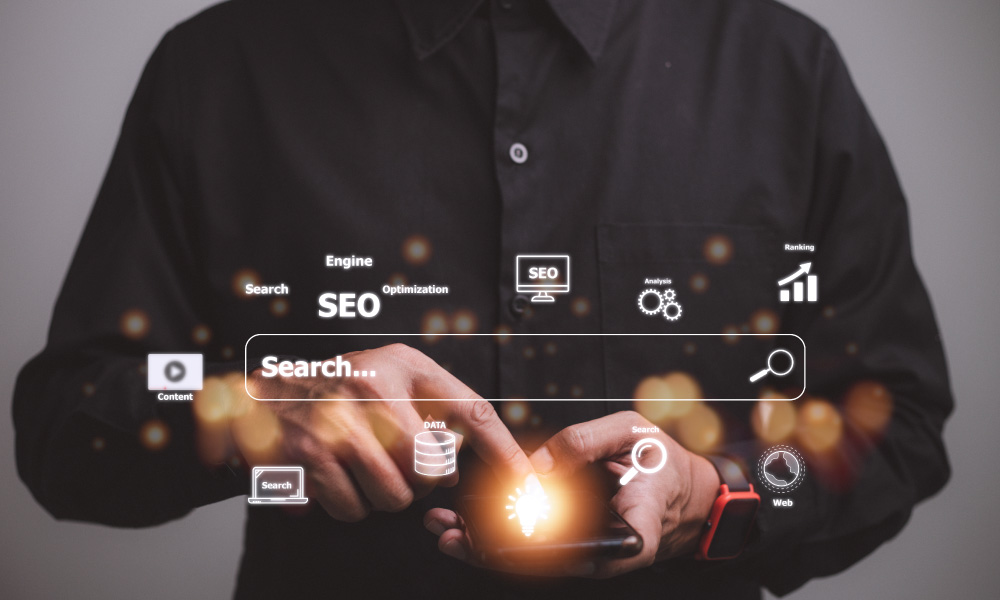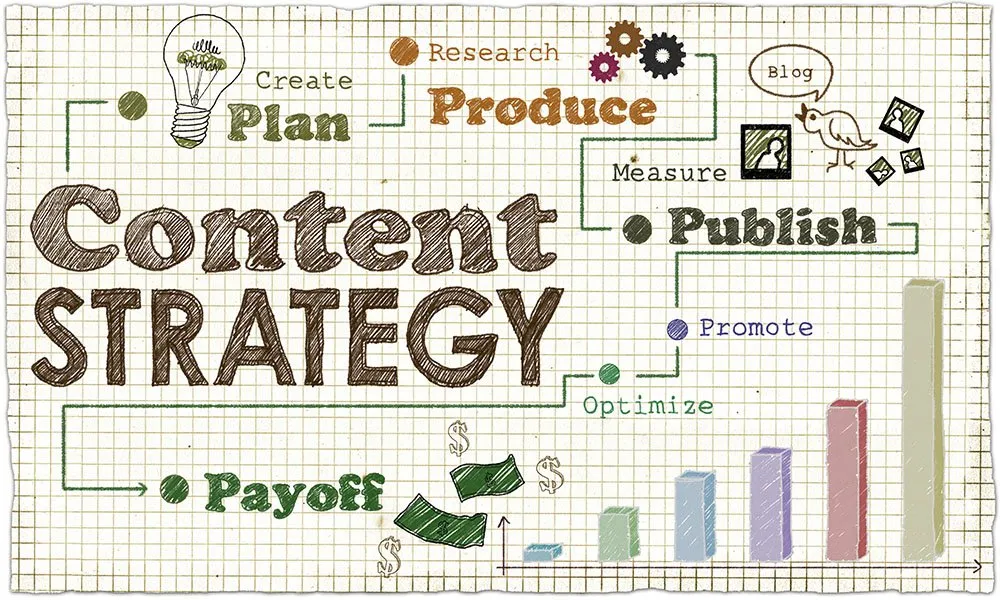In the age of information overload, the traditional methods of mass marketing no longer hold the same power. With consumers becoming more discerning, businesses are turning to personalized marketing strategies to forge meaningful connections. By tailoring content and communication to individual needs, preferences, and behaviors, companies can enhance customer loyalty, increase conversions, and drive long-term success.
Introduction: The Shift from Mass Marketing to Personalization
What is Personalized Marketing?
Personalized marketing involves creating tailored experiences for individual consumers based on their behaviors, preferences, and needs. Unlike the one-size-fits-all approach of traditional marketing, personalized marketing focuses on delivering content, offers, and recommendations that resonate with each unique customer.
- Direct and Targeted: The goal is to speak directly to the consumer in a way that feels personal and relevant.
- Data-Driven: It uses consumer data—like browsing behavior, past purchases, and social media interactions—to craft highly specific marketing messages.
Why the Shift Matters
- Enhanced Engagement: Tailored content makes consumers feel understood, increasing their likelihood of interacting with the brand.
- Improved Conversion Rates: Personalization increases the chances of converting interest into actual sales by addressing the specific desires and needs of the consumer.
- Customer Retention: When brands deliver personalized experiences, consumers feel valued, fostering loyalty.
The Evolution of Marketing: How We Got Here
The End of One-Size-Fits-All
In the past, marketers cast a wide net, hoping that their general messages would appeal to large audiences. However, with the rise of digital technologies and data analytics, mass marketing has given way to more targeted, individualized communication.
- Traditional Marketing: Focused on delivering the same message to a broad audience, hoping to capture the attention of as many people as possible.
- Modern Marketing: Relies heavily on personalized experiences that make each customer feel special.
The Rise of Data-Driven Strategies
- Big Data and AI: Advances in technology have made it easier for brands to analyze consumer behavior and create highly segmented groups.
- Digital Channels: The internet, mobile devices, and social media allow brands to engage with consumers more effectively, tracking their preferences and providing real-time personalized experiences.
How Personalized Marketing Works: The Mechanics of Tailoring Experiences
Step 1: Collecting Consumer Data
Successful personalized marketing begins with understanding the consumer. Data collection is a critical part of the process.
- Website Behavior: Tracking which pages a customer visits, how long they stay, and which products they engage with.
- Social Media Interactions: Analyzing engagement on social platforms, including likes, comments, shares, and follows.
- Email Behavior: Observing how recipients interact with personalized email campaigns (open rates, click-through rates, etc.).
Step 2: Segmenting Consumers
Once the data is collected, businesses need to segment consumers to create groups with similar behaviors or characteristics.
- Behavioral Segmentation: Grouping customers based on actions like past purchases, browsing history, or interactions with the brand.
- Demographic Segmentation: Categorizing consumers based on characteristics such as age, location, gender, income, etc.
- Psychographic Segmentation: Dividing consumers by lifestyle, values, interests, and personality traits.
Step 3: Delivering Tailored Content
With segments in place, brands can now create personalized content tailored to each group’s preferences.
- Email Campaigns: Sending individualized messages with personalized product recommendations, promotions, and updates.
- Product Recommendations: Recommending items based on past purchases, or products viewed on the website.
- Dynamic Content on Websites: Modifying website content to show different messages or products based on a visitor’s behavior.
Benefits of Personalized Marketing: Why It Works
Increased Consumer Engagement
Personalized marketing significantly increases engagement, as customers are more likely to interact with content that speaks to their needs.
- Tailored Messaging: Brands that offer relevant content based on consumer behavior see higher engagement rates across digital channels.
- Improved Interaction: When consumers see content that resonates with them, they are more likely to comment, share, or act on it.
Improved Conversion Rates
Personalization makes offers more relevant, resulting in higher conversion rates.
- Personalized Offers: Consumers are more likely to make purchases when they receive offers that match their specific needs.
- Behavior-Based Discounts: Offering discounts based on consumer behavior (e.g., abandoned cart reminders) helps move them closer to purchase.
Customer Loyalty and Retention
Personalized experiences foster stronger relationships with consumers, leading to increased loyalty.
- Customer-Centric Approach: When brands tailor experiences, it builds an emotional connection, encouraging repeat business.
- Relevant, Ongoing Value: Personalized marketing strategies can offer continuous value, making customers feel that the brand understands them.

Challenges in Personalized Marketing: Navigating the Pitfalls
Privacy Concerns and Data Security
Consumers are increasingly concerned about how their data is being used.
- Transparency: Businesses must ensure that they are transparent about their data collection and usage practices.
- Data Security: With rising concerns about data breaches, brands need to invest in secure data storage and management.
Over-Personalization and Consumer Fatigue
While personalization is valuable, there is a risk of overdoing it.
- Avoiding Invasiveness: Too much personalization can feel intrusive, leading to customer discomfort or disengagement.
- Finding the Right Balance: Personalization should enhance the consumer experience without overwhelming them.
The Future of Personalized Marketing: Emerging Trends and Innovations
Conversational Marketing and Chatbots
With the rise of AI, conversational marketing has become a key trend in personalized marketing.
- Real-Time Interactions: Chatbots provide instant responses to customer queries, offering tailored suggestions and guidance in real time.
- Automated Conversations: Through machine learning, chatbots can provide more personalized interactions as they learn from previous exchanges.
Omnichannel Personalization
Today’s consumers interact with brands across multiple touchpoints, and they expect a seamless experience.
- Consistent Across Channels: Whether a consumer interacts with a brand via email, social media, or an in-store visit, the messaging must remain consistent and personalized.
- Cross-Platform Tailoring: Brands need to follow customers across different devices and platforms, ensuring a cohesive, personalized experience.
Augmented Reality and Personalized Shopping
Augmented reality (AR) is becoming an essential tool in personalized marketing.
- Virtual Try-Ons: Consumers can virtually try on products, like makeup or clothing, through AR, helping them make more informed purchase decisions.
- Enhanced Shopping Experience: AR provides a personalized, interactive way for customers to visualize products in their own space, improving their overall experience.
Case Studies: Brands Leading the Charge in Personalized Marketing
Amazon: The Master of Product Recommendations
- How It Works: Amazon uses an advanced algorithm to recommend products based on customer browsing history, past purchases, and what others have bought.
- Impact: This personalization strategy accounts for a large portion of Amazon’s revenue.
Spotify: Personalized Playlists That Feel Like Magic
- How It Works: Spotify generates personalized playlists like “Discover Weekly” based on listening habits and user interactions.
- Impact: By tailoring music suggestions, Spotify keeps users engaged and coming back for more.
Netflix: Revolutionizing Content Discovery
- How It Works: Netflix’s recommendation engine suggests TV shows and movies based on what users have watched and rated highly.
- Impact: This results in higher user engagement and reduced churn rates.
How to Implement Personalized Marketing: A Step-by-Step Guide
Build a Solid Data Infrastructure
- CRM Tools: Invest in Customer Relationship Management (CRM) systems to track and manage consumer data effectively.
- Data Collection: Continuously collect relevant data points from all customer interactions to build a comprehensive consumer profile.
Create Segments Based on Data
- Group by Behavior: Create segments based on consumer actions, preferences, and interactions with your brand.
- Customize Messaging: Use this data to craft personalized messages for each segment.
Deliver Tailored Content
- Personalized Emails: Send offers, product recommendations, and updates that are relevant to each individual based on their past behavior.
- Website Personalization: Adjust website content dynamically to match the visitor’s preferences.
Conclusion: Embracing the Future of Personalized Marketing
Personalized marketing has become the new standard for connecting with consumers. By leveraging data, artificial intelligence, and customer insights, brands can provide tailored experiences that resonate with their audience. From improved engagement and conversion rates to stronger customer loyalty, personalized marketing is a powerful tool that drives business success in today’s competitive market.













Comments